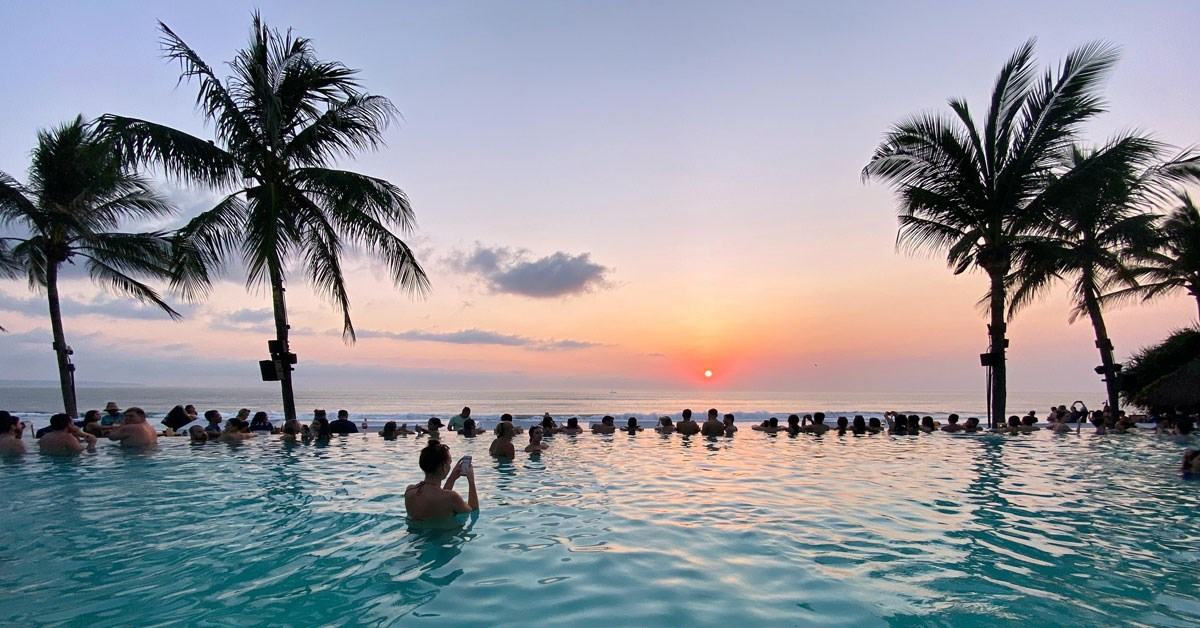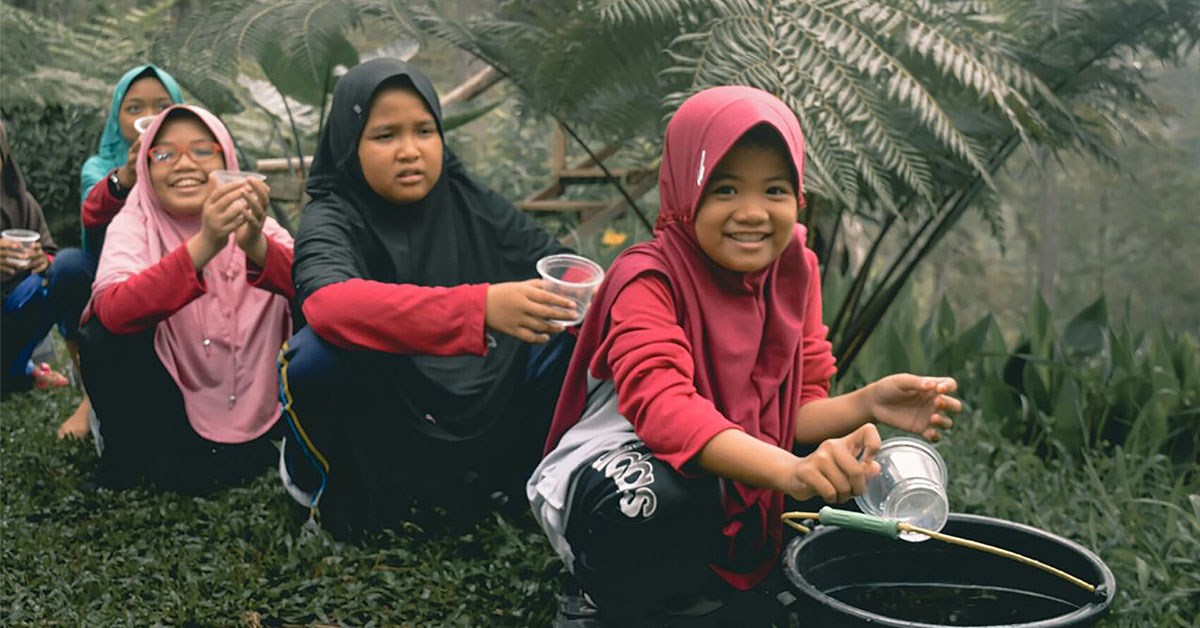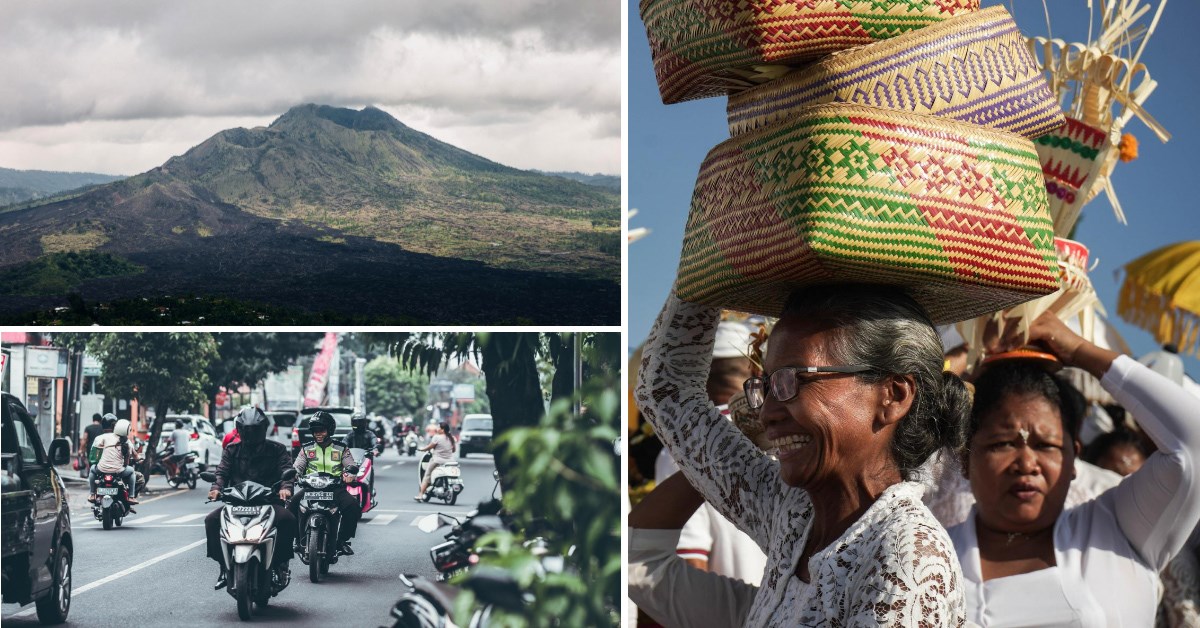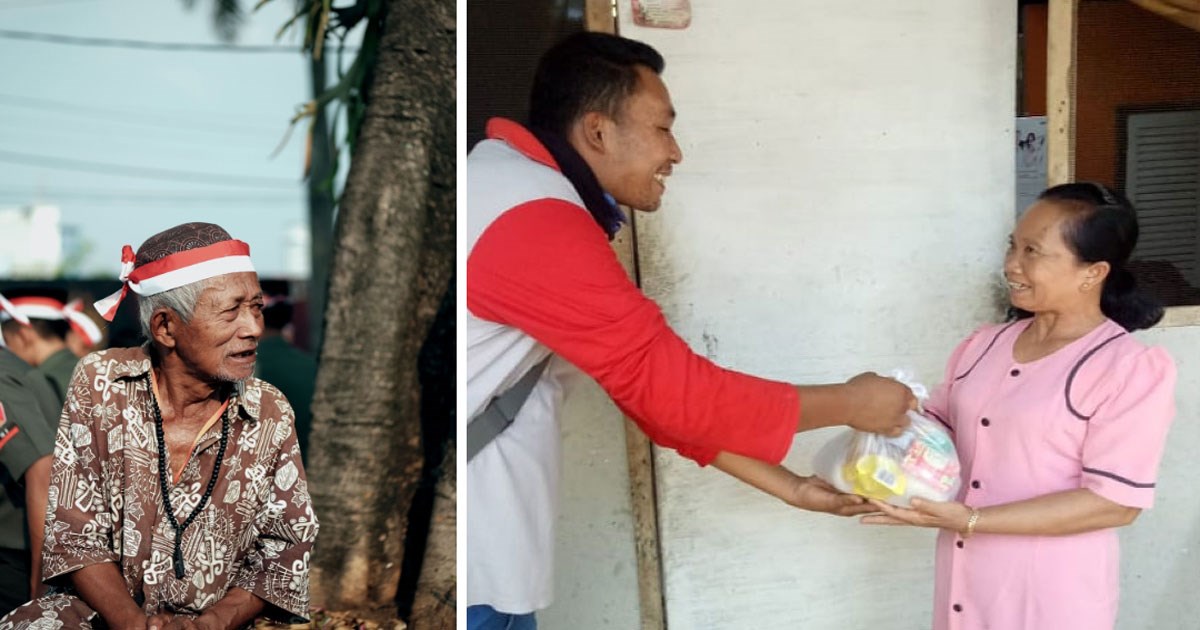Blog
17 sustainable development goals for a better world - SDG 2: Zero hunger
13 October 2021 - Socrate Georgiades
Since 2015, the United Nations (UN) has defined 17 Sustainable Development Goals to improve the life of all the people living on Earth and promote prosperity while protecting the planet for a better and more sustainable future. These SDG are a call for action by all of us, citizens, companies, institutions & governments. Poverty, climate change, inequality, justice, let’s see how goal after goal, we can draw up an inventory of Indonesia. And see how each of us, on our scale, including as a traveler visiting Indonesia, can contribute to advancing the goals of these global challenges until 2030.
SDG 2: Zero Hunger.
Indonesia ranks 146th (out of 228 countries) in the UN’s Human Development Index, partly because there are malnutrition issues in the Archipelago. While the situation has been improving during the last 20 years, the nutritional state of Indonesians remains low by international standards. We consider under normal circumstances that more than 20 million people live in a situation of food insecurity (8% of the population) and that the proportion of children under the age of 5 suffering from weight deficit averages around 20%.
Regarding the COVID-19 period that has already been lasting for one year and a half, we do not have accurate data on malnutrition, but we do know for example that in Bali, there is no public support and that some people, in particular those originating from the other islands, are surviving only thanks to volunteers and donations of associations and companies. The lack of public support and the extreme poverty explains why Indonesia couldn’t enforce a strict lockdown at the risk to condemn the poorest to certain death.
Malnutrition in Indonesia has three aspects: undernutrition, over-eating, and micronutrients deficiency.
Undernutrition
Some among the Lesser Sunda islands (Sumba, Flores, Timor, Alor), the poorest part of Indonesia, concentrate malnutrition issues. In Kupang, the capital of Timor, more than 20% of the children under the age of 5 suffer from severe malnutrition. Traditionally, on these very dry lands where the rice cultivation is impossible, the food supply relied on corn and beans. But the influence of the food choices of the Javanese officials, mainly based on rice, has rubbed on the population that has little resources to pay for this food coming from other islands.
Over-eating
If the embryo, and then the fetus (beginning 10 weeks) receives an inadequate nutrition in the uterus, the child becomes more prone to obesity when his body consumes more food. It also results to the child being more sensitive to other non-communicable diseases such as diabetes and heart diseases. We often say that obesity is the disease of the poor in rich countries and of the rich in poor countries but in the case of Indonesia, we see that it is the poorest that are more affected by obesity and cardio-vascular diseases. Especially as their nutritional knowledge is very limited due to the lack of education at school, and that the national passion for gorengan (fried food) does not encourage the best balanced diet.
Micronutrients deficiency
The need in micronutrients is the highest during pregnancy and growth. A study conducted in 4 countries of South-East Asia proved that micronutrients deficiency (especially in iron) among children under the age of 5 is found above all among the poorest classes, provoking stunting and having consequences on the cognitive development. The deficiency in vitamin A is often found in countries where the principal source of food is white rice, even if tropical countries produce a number of colorful fruits and vegetables. In Bali, we still encounter in the mountains farmers that suffer from goitre, testifying of an iodine deficiency. Iodine can be found in abundance in all sea products, fish, seafood and seaweed.
As a result of a study conducted in 2013 and 2014 on pregnant women in Jakarta, blood tests revealed important deficiencies in iron, zinc, calcium, vitamin D, folate (risk of congenital malformation of the spinal cord or of the brain) and vitamin B12. Since then a program of nutritional education, supplements and supplemented nutrition was set up. East Bali Poverty Project foundation in Bali has been conducting since 1999 a program of nutrition improvement among children in the village of Bunga close to mount Agung. Their nutrition was solely based on cassava and they suffered of iodine deficiency. A balanced and free lunch is provided to them at school as well as a daily glass of milk. An education program was created in order to teach them the composition of a balanced meal and finally, a garden was installed within the school so that they could also learn to cultivate and take back home some seeds to develop gardens with their parents.
Some advice to travelers towards the fight against hunger?
-
Support associations such as East Bali Poverty Project or Bumi Sehat in Ubud that conduct nutritional programs.
-
Contribute to the efforts of volunteers that distribute essential items since the beginning of the COVID-19 crisis.
-
Opt for short circuits choosing to eat in local restaurants rather than international chains or big restaurants, your rupiah will profit to more people.




















Be the first to leave a review